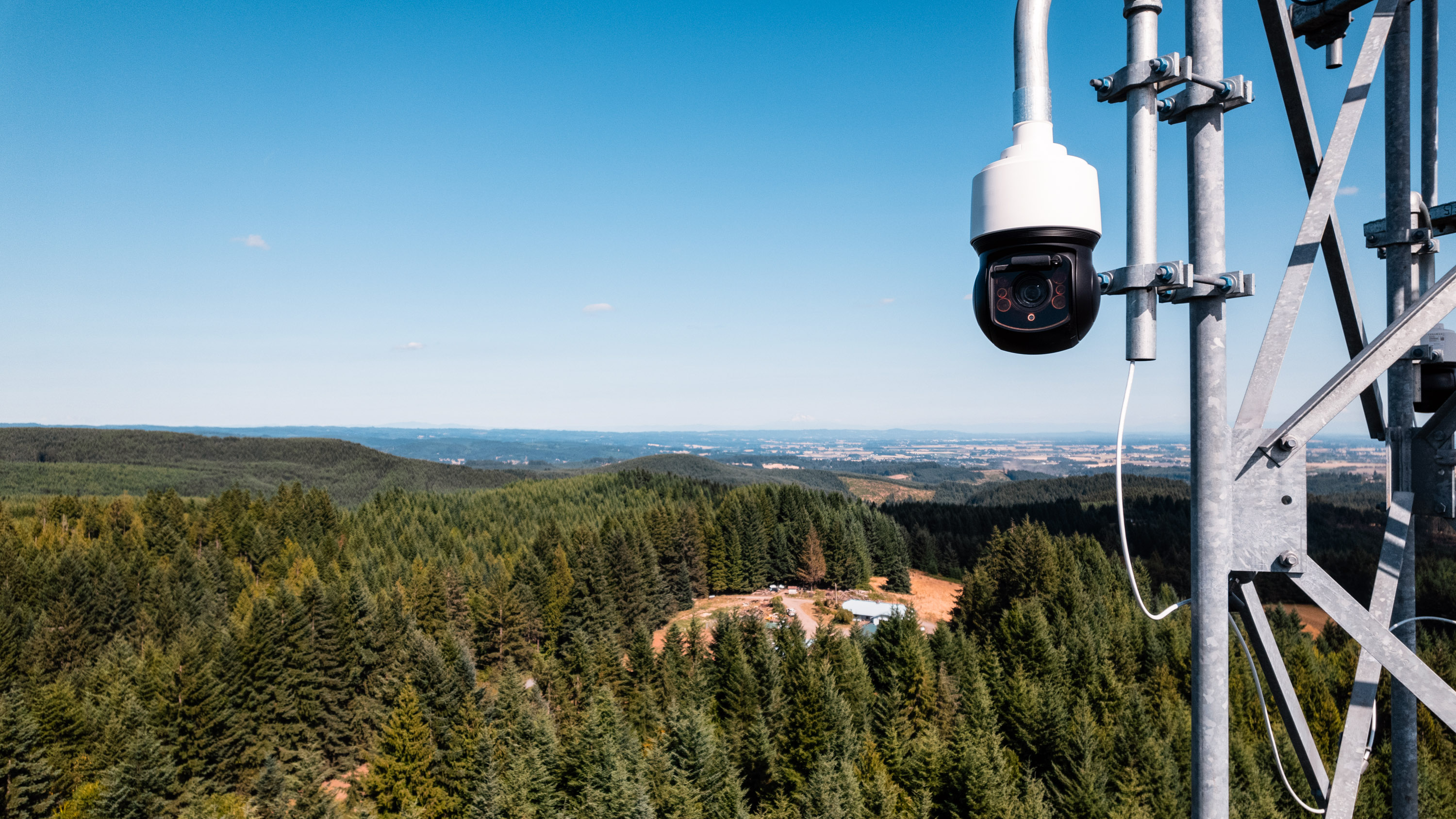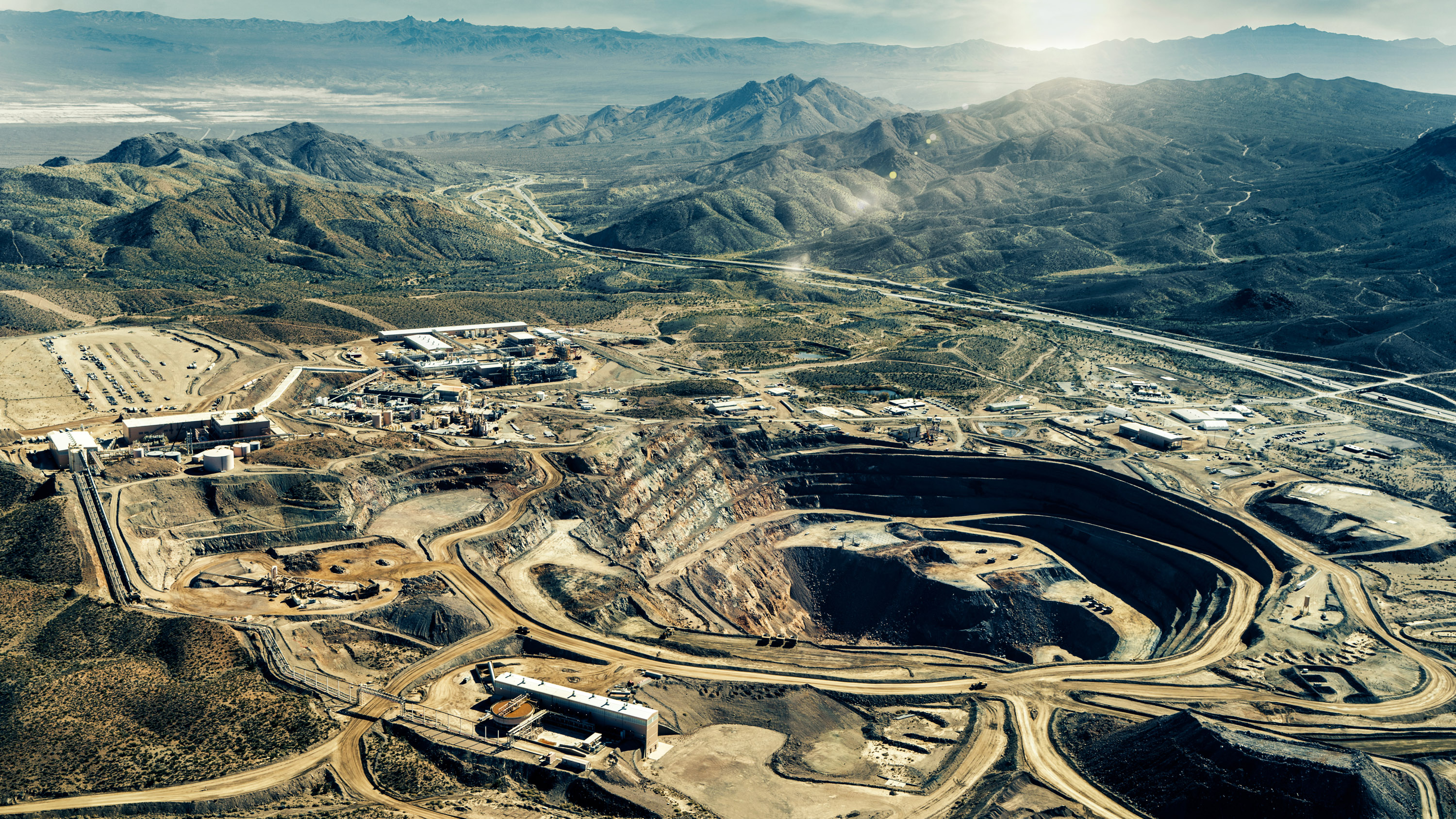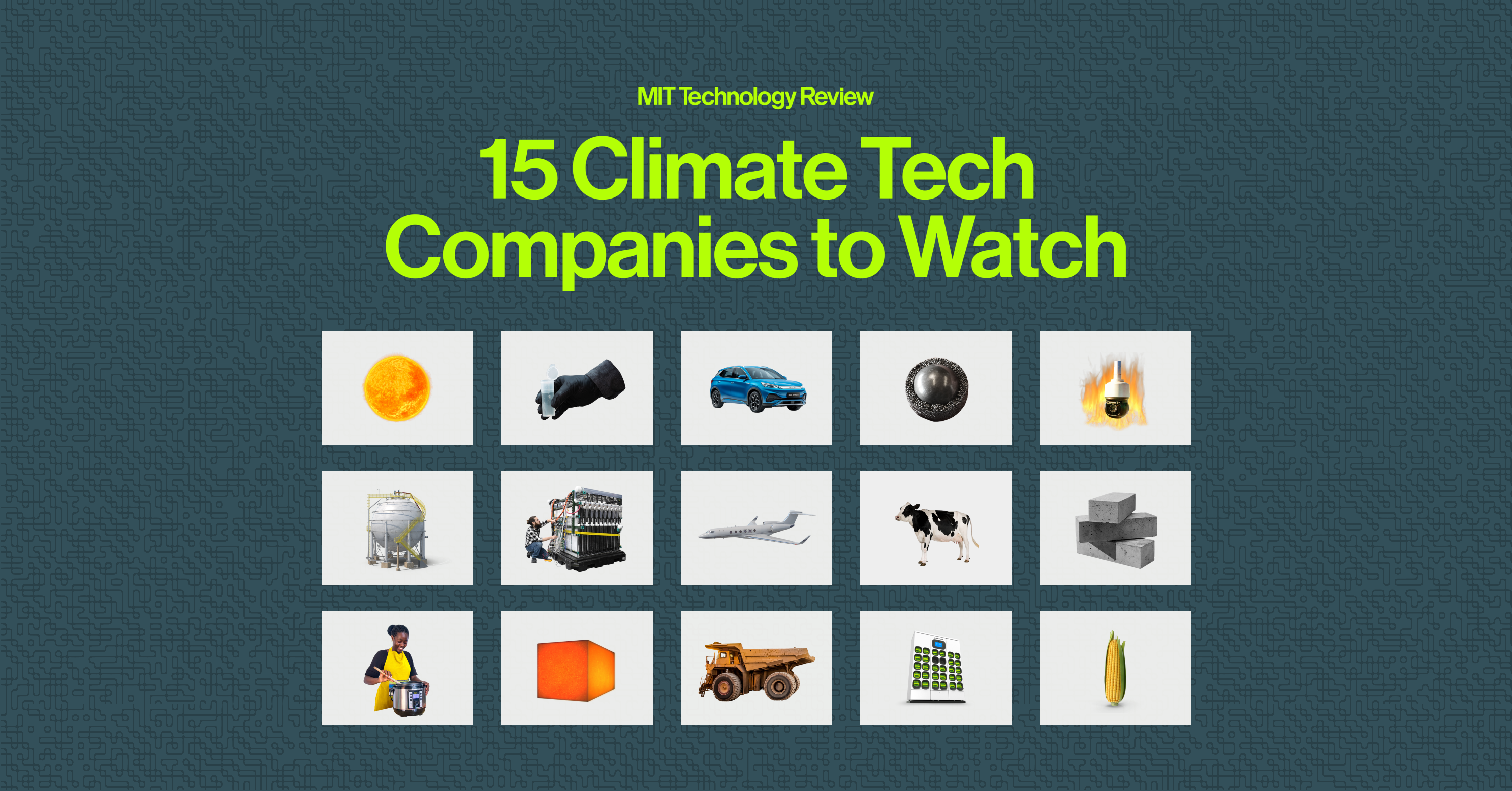2024 Climate Tech Companies to Watch: Pano AI and its fire-detecting AI
The startup uses computer vision and ultra-high-definition cameras to alert firefighters to new blazes.

Pano AI is helping communities spot fires faster, enabling firefighters to put out small blazes before they grow into infernos.
The four-year-old startup installs networks of rotating cameras in high vantage points throughout forests, grasslands, and other areas with high fire risk. Each station can capture ultra-high-definition video within a 10-mile radius, as well as infrared readings that can spot temperature fluctuations at night or through smoke.
Pano then uses its deep-learning systems to detect smoke or other signs of fire across these territories. Whenever they spot one, human analysts are available to review the images to confirm that a fire has broken out or reject false positives.
When blazes are confirmed, Pano alerts fire monitoring agencies, providing images and location data that help them respond quickly.
As firefighters battle the blaze, the company continues to provide up-to-date, highly zoomable images of the shifting conditions, along with satellite imagery, weather information, and additional data feeds assembled from other sources.
Key indicators
- Industry: Wildfire detection
- Founded: 2020
- Headquarters: San Francisco, California, USA
- Notable fact: Pano is helping several agencies monitor and control flames that wildfire specialists intentionally set to clear out brush and reduce risks in forests and grasslands, standing ready to send the alert if the fire should break out beyond the designated boundaries.
Potential for impact
The risks of devastating wildfires are growing, in part because we continue to build communities on the edge of wildlands, many of which we’ve allowed to become overgrown. Meanwhile, climate change is also making many areas hotter and drier, turning trees, shrubs, and grasses into kindling.
As the economic and human toll of fire rises, it’s become increasingly critical to develop better ways to prevent or extinguish them before they turn into conflagrations.
Typically, emergency responders rely on people to spot smoke or fires and report them. But in the time it takes agencies to verify those reports, tiny fires can grow into massive blazes that become far more destructive and much harder to put out.
The promise of Pano is that it can dramatically shorten that response time by spotting, confirming, and pinpointing the location of fires that might not be visible to humans for hours, because they are in remote areas or below tree cover, or ignited at night. That should reduce the number of uncontrollable fires as well as the death and damage they cause.
The company says that the real-time information it provides also helps fire departments combat the flames in safer and more effective ways.
The company points to a number of case studies where its tools have helped to accelerate coordinated responses and contain wildfires. For instance, in the summer of 2023, Pano alerted Washington’s state fire division to the Jackson Road Fire, near Olympia. The response time was shortened by at least 20 minutes.
Firefighters still spent about a week battling the flames. But they restricted the blaze to 23 acres even as wind conditions worsened, and prevented any deaths and damage to structures.
Caveats
Pano certainly didn’t invent the idea that cameras and computer software would be helpful in spotting and responding to fires. The ALERTCalifornia program has been leveraging similar technology for the same purpose for years. Other startups are also using sensors, satellites, cameras, and AI to improve wildfire detection, including Dryad and Robotics Cats.
It’s still hard to say just how effective these tools will be, given continually shifting climate conditions and the many other measures that governments, utilities, and additional wildfire tech startups are now taking to reduce risks.
Next steps
But Pano has emerged as a clear leader in early fire detection. The startup has already deployed its cameras in nine states throughout the western US, including California, Oregon, Washington, and Colorado. It’s also set up stations in parts of Canada and Australia.
Pano AI’s customers include government agencies, power utilities, private forest owners, and ski resorts. It charges $50,000 per year as an all-in fee, covering its camera stations as well as software, maintenance, notifications, and services.
The company says its systems now monitor nearly 20 million acres around the world and have spotted almost 100,000 fires.
As heighted fire risk spreads to more regions and awareness of the danger grows, the company says, it’s also having more conversations with agencies from the Midwest, East Coast, and other areas where wildfire hasn’t traditionally been as much of a concern.
The company says that its effectiveness will only improve as its cameras monitor more areas around the world and its machine-learning systems get better at spotting the earliest signs of fire.
Explore the 2024 list of 15 Climate Tech Companies to Watch.
Deep Dive
Climate change and energy

This rare earth metal shows us the future of our planet’s resources
The story of neodymium reveals many of the challenges we’ll likely face across the supply chain in the coming century and beyond.

Andrew Ng’s new model lets you play around with solar geoengineering to see what would happen
The climate emulator invites you to explore the controversial climate intervention. I gave it a whirl.

Want to understand the future of technology? Take a look at this one obscure metal.
Here’s what neodymium can tell us about the next century of material demand.
Stay connected
Get the latest updates from
MIT Technology Review
Discover special offers, top stories, upcoming events, and more.
